Wall decoration with paint is very popular. This finish is simple, fast in execution and variability. This approach to decorating a room’s design is cheaper and easier than wallpapering. In addition, you can paint both a smooth surface and embossed wallpaper, which will give the room an original and solid look.
Content
Types of paints for walls
There are many types of paints on the modern market. They vary both in color and in composition. But they can all be divided into several groups:
- Emulsion.
Such paints must be diluted with water. When the wall is painted, it will be impossible to wash off the resulting pattern with water. Emulsion samples are economical, environmentally friendly and fireproof.
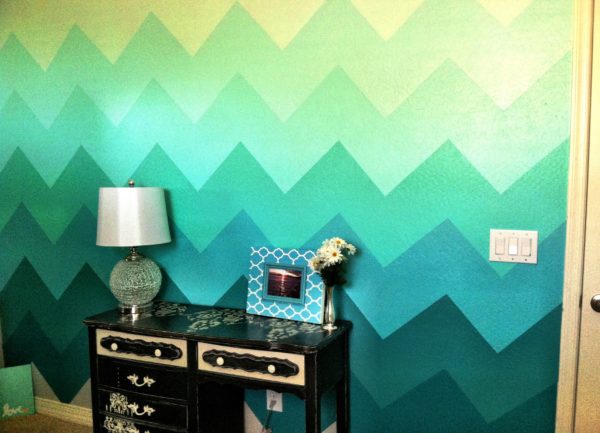
They dry quickly and do not have an unpleasant odor. Suitable for surfaces of any type. The disadvantage is that such a product cannot be applied to walls previously painted with other types of paints.
Read more:Fix Price Shopping - The 12 Best Kitchen Items
- Alkyd.
The binder in these samples is an alkyd resin. Enamel and oil paints belong to this group. If you need to paint wood, metal and plastered surfaces, alkyd paints will be very handy.
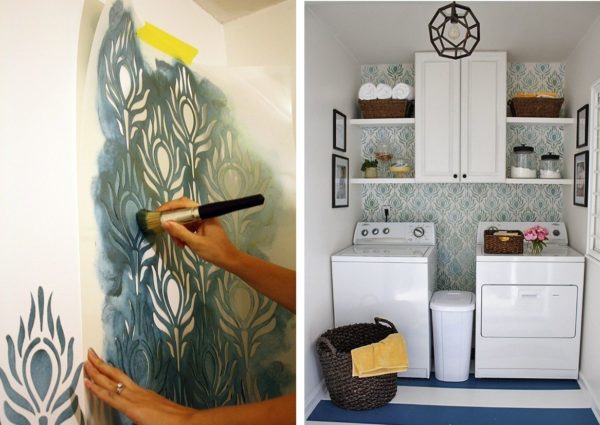
Non-toxic, resistant to water and light. Oil paints are not recommended for indoor use, as they dry for a long time, which will significantly increase the time required for repairs.
- Silicate.
The products of this group are based on liquid glass. They are vapor- and breathable, resistant to sudden changes in temperature. Due to the alkali content in the composition, it is necessary to protect the eyes and skin from contact with silicate paints.
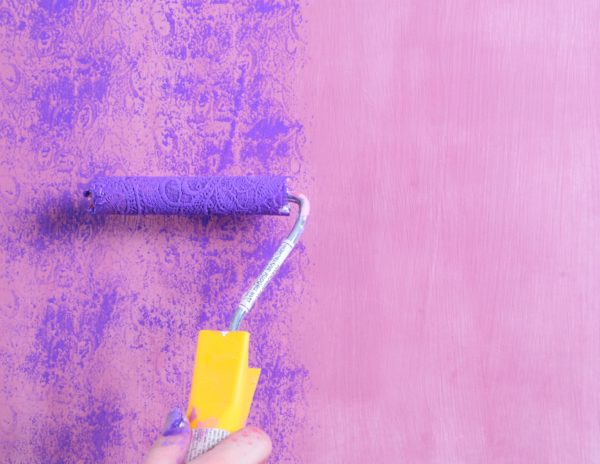
- Glue.
Paints of this group are made from water-based organic polymers. In their properties, they are similar to emulsion analogues, but less resistant to moisture.
Read more:Fix Price Shopping for the Interior - Top 14 Products
They can only be painted completely dry. Sold dry. Before use, they must be diluted with water.
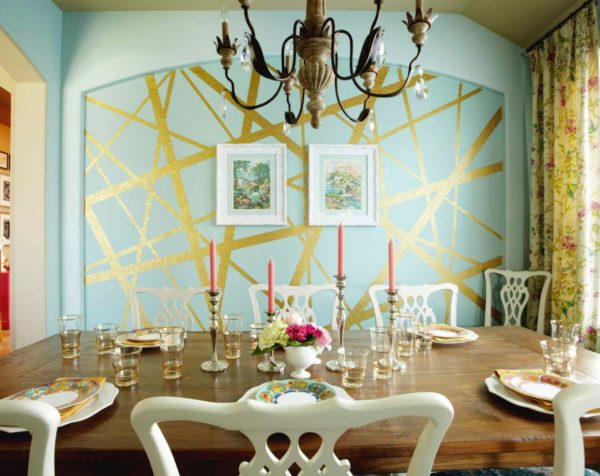
The choice of paint largely depends on the financial capabilities of the buyer, as well as on his preferences.
How to choose a material for painting walls
It is difficult to choose a suitable paint for the room. The point is not so much in its features as in color. In stores you can find a wide range of different colors that are different in colors, shades and tones. Therefore, when choosing a paint, you must follow these recommendations:
- First you need to decide on the main color of the room. It should take into account its purpose, design and interior features. After the color is selected, you can proceed to the choice of shade. There are a huge number of them, so this process may take some time. Preference should be given to less saturated tones of the selected color.
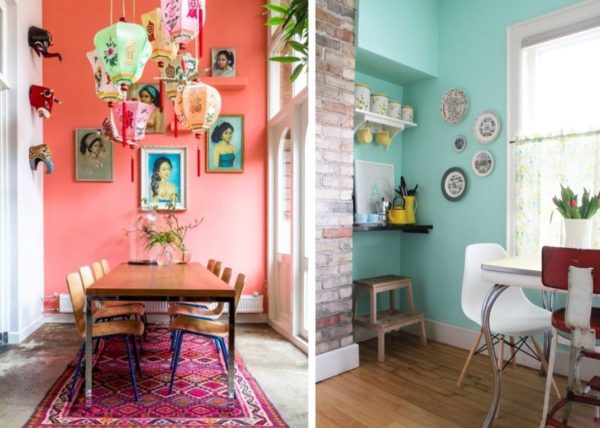
- One color on a smooth and textured wall may look different. As a rule, textured walls become darker after painting. This must be considered when choosing materials.
- You can not immediately start painting the walls. You must first test the purchased product. Full decoration should be done when the paint is tested on a small section of the wall.
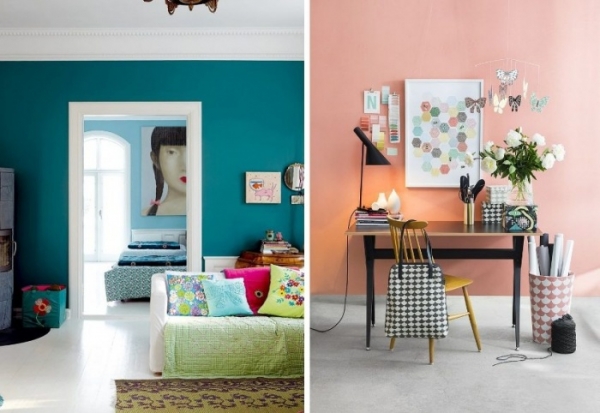
When choosing a paint, all these parameters must be taken into account. Otherwise, the final result may differ from the expected one.
Read more:9 interesting ways to use the old door in the country
Preparing walls for painting
High-quality wall decoration is possible only after thorough preparation for the painting process. All walls should be smooth (only if we are not talking about texture).
If there is an unevenness on the wall, the applied paint will make it more expressive. Any unevenness must be plastered and cleaned.
If there are unintended bulges on the wall, they must also be eliminated. Before using the paint, the walls on which it will be applied must be primed.
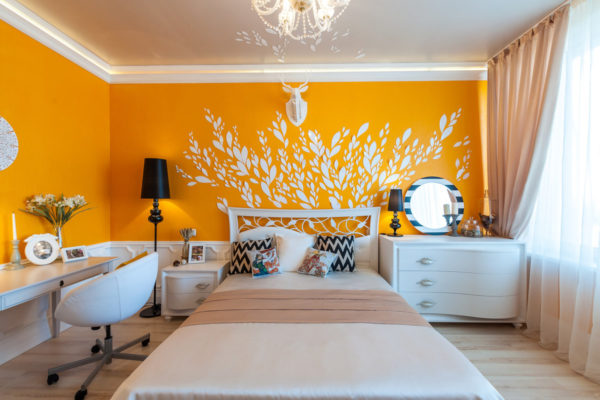
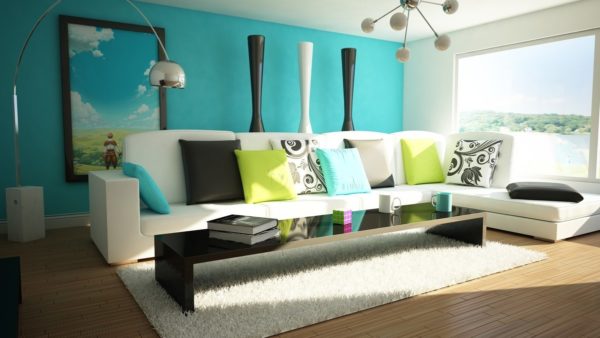
If the wall is covered with cement-sand plaster or drywall, its preparation consists in applying putty. This is necessary so that the painting of the walls is uniform. The wall should be covered with several layers of putty to make it perfectly smooth. After this, you need to wait until the putty is dry, and sand it. As in the previous case, a primer must be used.
Read more: 20 creative benches that will transform your yard (photo)
Wooden walls need only to be sanded. There is no need to apply a primer on them. If there are bumps in the wall, they should be repaired with a special grout. Instead of a primer, protective solutions are applied to the wood. Textured decorative surfaces must be primed. Wallpaper is primed with adhesive, and plaster is a special primer of deep penetration.
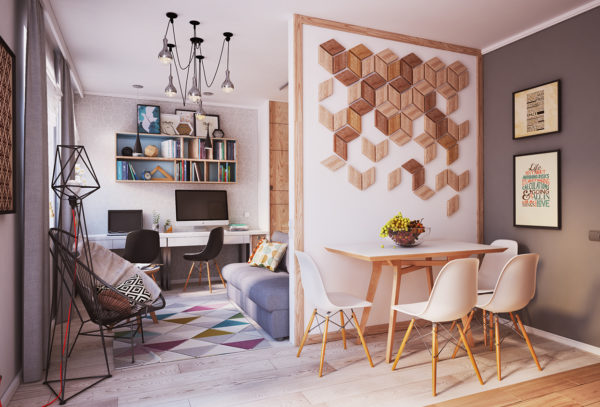
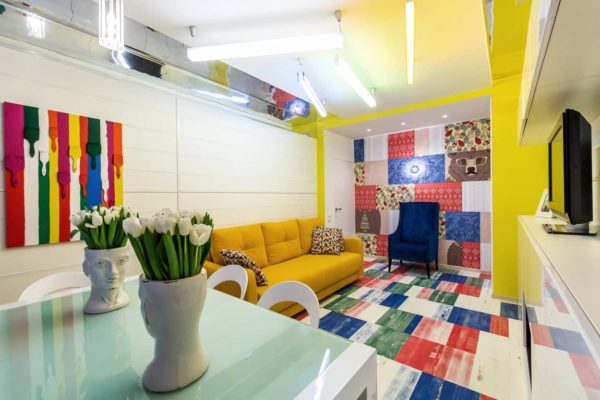
How to paint the walls
In order not to stain the floor, it must be covered with protective material. Ordinary old or unnecessary newspapers will do. Before you begin to finish, they must be securely fixed. It is important to remove all unnecessary and unnecessary things for painting from the premises.
To paint the walls you need to use special tools. The choice of a specific tool depends on the dexterity and physical strength of the one who will manage it. Perfect brush 100 mm fleit.
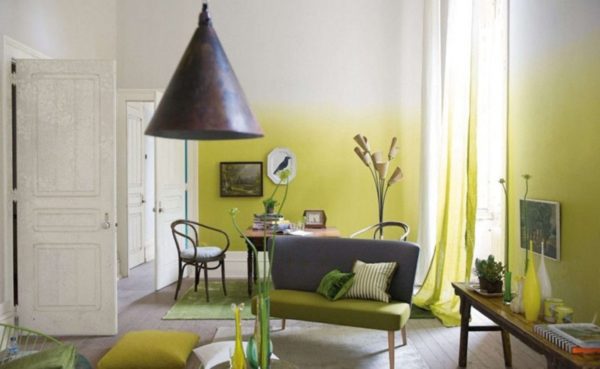
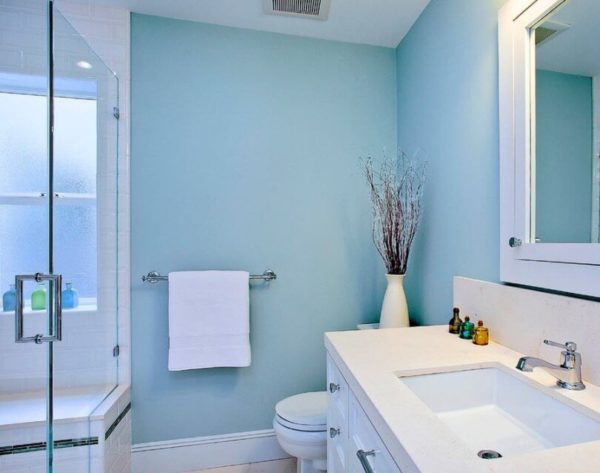
If the dyer does not have experience in painting walls, it is recommended to use special rollers. They can be equipped with dripping paint protection to avoid contamination of the floor. Structural paints are applied with a spatula or grater.
Smears must be applied in different directions. Try not to rub the paint hard. In order not to smear the ceiling, you should draw more paint on the brush and apply it to the wall five centimeters from the ceiling. Next, with careful movements of the brush, the paint should be evenly distributed above, to the junction.
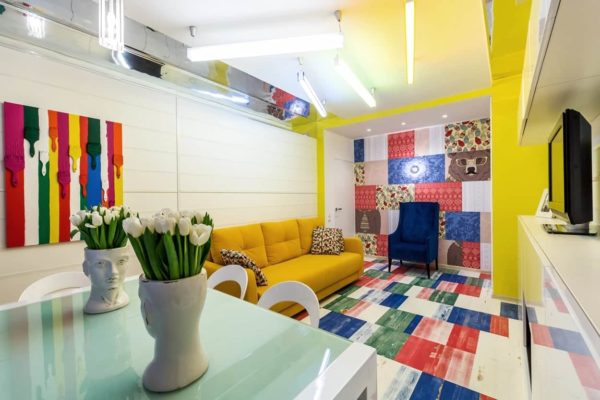
To diversify the design of the room, you can use several colors, making them stripes of different thicknesses. Such a finish will look much more interesting. If the placement of furniture in the room has already been determined, you can put strips on the wall. Such painting of walls will emphasize the design of furniture in the overall interior.
If there are sockets or switches in the room, the area around them must be painted carefully using thin brushes. It is convenient to paint a wall space behind a radiator with a small handle roller. Particular attention should be paid to painting the walls around the window frame.
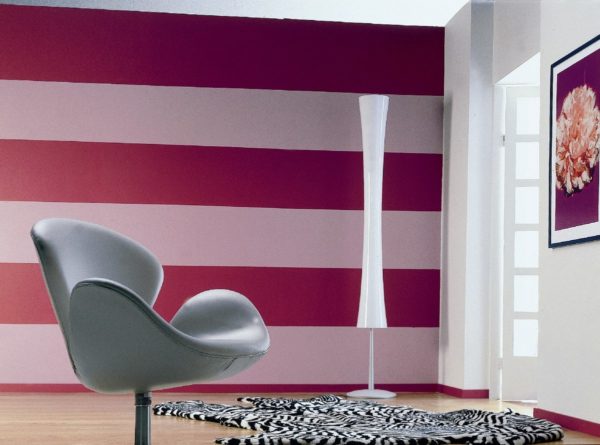
In order not to stain the latter, it must be glued with a special masking tape. For painting, you can use both a small flat brush and a small roller.

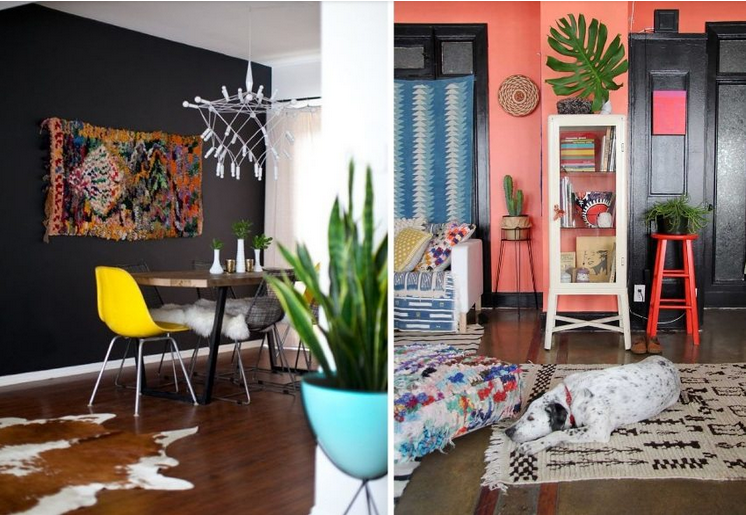
Alas, no comments yet. Be the first!